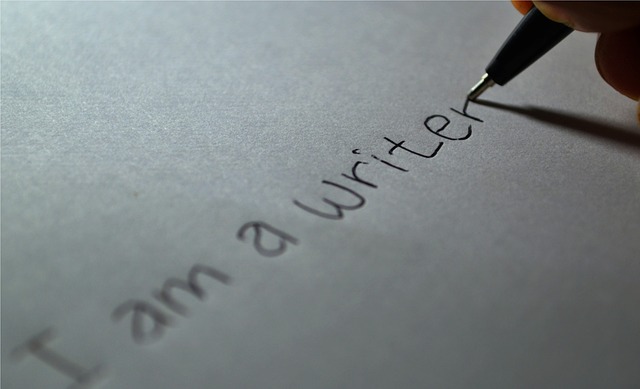When we last heard from our hapless heroine, she was tied to the railroad tracks, screaming for help as the black locomotive chug chugged toward her. Where is that damn hero on the white horse, she despairs.
Whoops, wrong story.
Or is it?
My real life scenario isn’t quite as dramatic, but there are certain similarities. Restrained sitting in front of my computer screen, I scream (silently) to my creative Muse, Inspire me! Rescue me from the agony of an unfinished manuscript!
The hero on a white horse? My imagination jumping into the saddle.
Whoever said writing a novel was easy … wait. No one said writing a novel was easy.
To recap,
- I waited until age 60 to get serious about writing a novel.
- I wrote 50,000 words during NaNoWriMo in November 2014.
- I submitted a first draft to a developmental editor in March 2015.
- Working off the editor’s notes, I revised and edited, revised and edited.
- I submitted a second draft (75,000 words) to my editor last week.
Hallelujah! The second draft is out the door. What have I learned?
Just to be clear, this is how the process is going for me. Every writer has his or her own style so I can’t speak for everyone, obviously.
A second draft is better than a first draft, but it’s not as good as a third draft.
My manuscript still needs work. If I had done more prep, perhaps it would be further along. I would venture a guess that most writers start out with an outline. It makes sense to have a road map and a reasonably good understanding of your plot, your characters, and all the other elements in a novel.
But I am not an outliner. Never have been. So my process evolved differently. I had a basic premise of a story in my head and just sat down and wrote. Without an outline, that road map was about as effective as my car’s faulty GPS. There were unexpected twists and turns, roadblocks and potholes. There were also dark tunnels that led me into the light.
Also, I heard voices.
You’ve heard writers say their characters speak to them?
They do. Mine did. They told me about their likes and dislikes, the way they walked, their desires. I let them take the lead and show me the way. So what I came up with was not exactly what I thought I would.
Experts tell you to not edit and write simultaneously. For the first draft, you should let your words flow unchecked. You finish the draft and let it marinate for a while. Then you come back to it with fresh eyes, better able to critique it.
As I soldiered on through my second draft, the things I focused on the most were:
Making sure each character had a distinct, unique voice. Was the point of view clear? Did the dialogue ring true?
Showing, not telling. SO important.
Justifying why each sentence should be there and trimming the excess.
Eliminating cliches and metaphors, of which there are way too many in this blog post.
So, what comes next?
Hopefully, hopefully the mistakes in the second draft will be fixed and the next draft can focus on fine tuning. When it’s in its final form I will share it with several beta readers for feedback. Revise and edit, revise and edit.
And I’ll be a little bit closer to freeing myself from the ropes on the train tracks.










